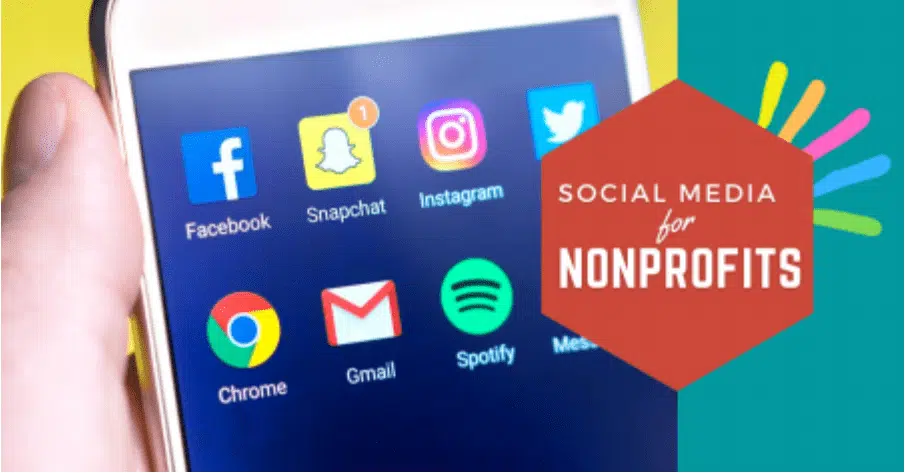Beginner Tips For Nonprofits Looking To Make The Most Of Their Social Media Presence


Full Platform Overview Chat With Us



Full Platform Overview Chat With Us




Social media is an important part of the overall marketing strategy for most nonprofits today. It’s an easy and cost-effective way to reach out to a targeted audience and educate them about your cause.
Why is social media for nonprofits a great tool to use? It can help you:
Nonprofits can achieve these goals organically or by running paid campaigns with little budget.
You’ve likely heard of or used some of the most popular ones like Facebook, YouTube, WhatsApp, Instagram, Facebook Messenger, Twitter, LinkedIn, and Pinterest.
When considering your budget, don’t forget to consider the cost for creating content, hiring social media experts (if not done in house), using paid social media scheduling or management tools, running ad campaigns, and utilizing tools to make videos and graphics.
Just remember: Since most nonprofits work with a limited budget and staff, it’s not feasible for them to use every platform out there. So don’t put that pressure on yourself!
I recommend starting with using two social media platforms, specifically Facebook and Twitter (unless you have a reason to go with another platform).
In terms of posting content, follow the 80/20 rule. Eighty percent should be curated content which is interesting and relevant to nonprofits or the people you serve. Twenty percent should be promotional or branded content.
To drive engagement on social media platforms, you need to be creative and produce awesome pieces of content on a regular basis.
Here are just a few ideas of things you can create and share on your social media platforms.
Keep an eye on your analytics and see when your posts are receiving the most engagement. To start, try out these days:
The answer is when most of your fans or followers are online. As mentioned above, you need to look into each platform’s analytics/insights section and see when your audience is engaging with your posts. Alternatively, take reference for the best time for nonprofits to post on social media by reading this interesting article from Sprout Social.
Now that you have learned about the benefits of social media marketing for nonprofits, which social media platforms are best, what different types of content to produce, when to post, and social media tips and best practices to follow, it’s time now to get started.
All you have to do is invest the appropriate amount of time, effort, and money to make your social media strategy work for you, and you’ll see results.
Happy socializing!


Comments